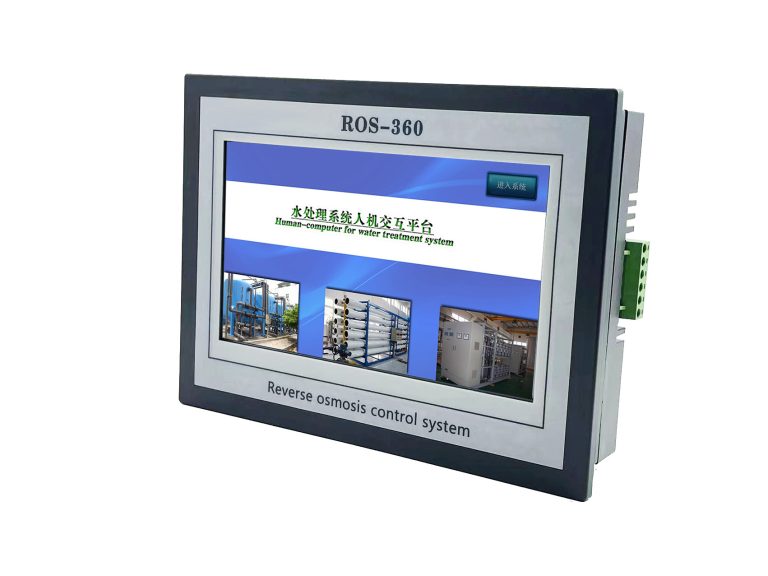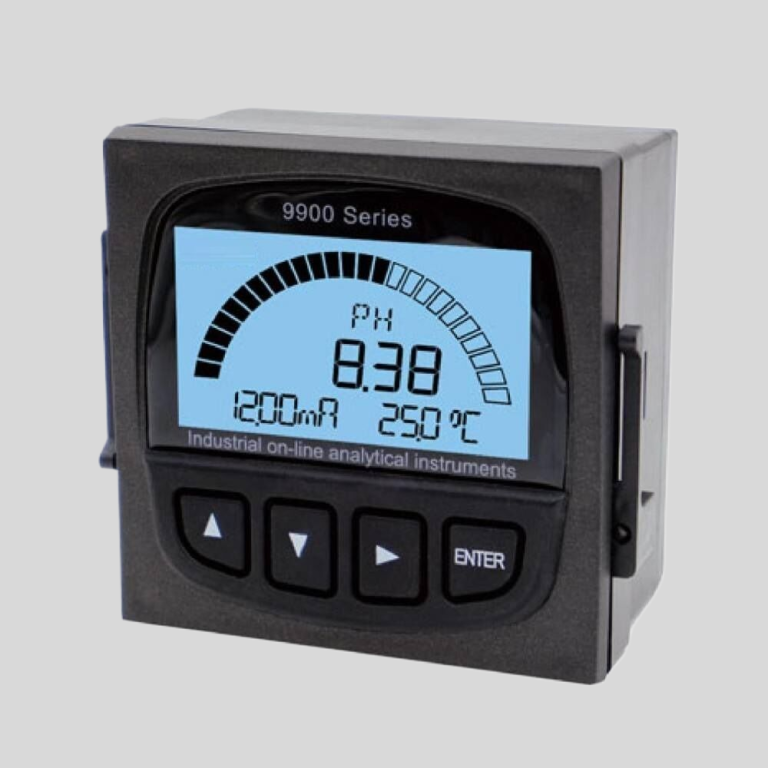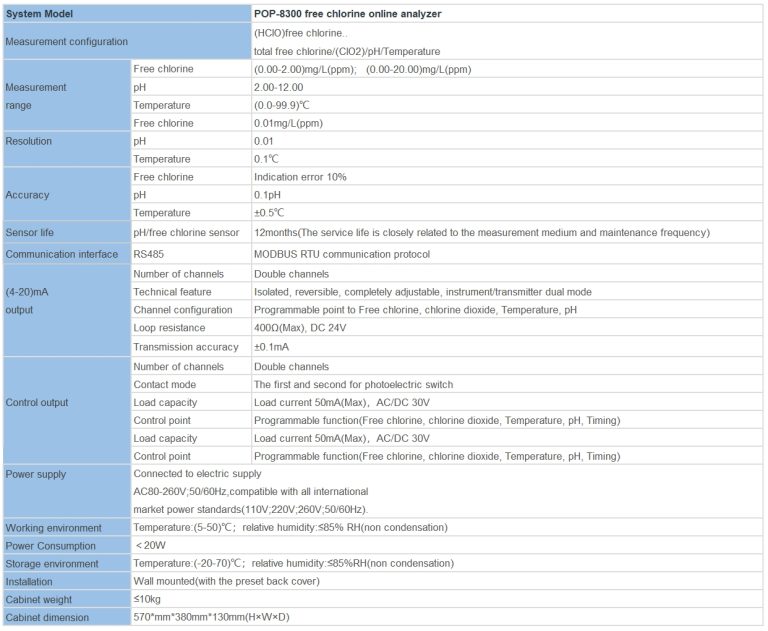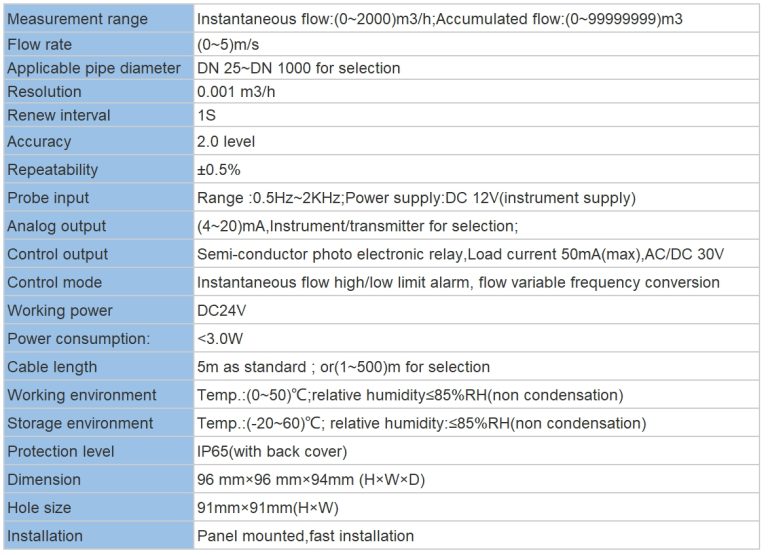The Importance of ph meter in Soil Testing and Gardening
A ph meter is an essential tool for anyone involved in soil testing and gardening. It measures the acidity or alkalinity of the soil, which is crucial for determining the health and fertility of the soil. The pH level of the soil can greatly impact the growth and development of plants, as different plants thrive in different pH levels. Therefore, it is important to regularly test the pH of the soil to ensure optimal conditions for plant growth.
One of the main reasons why pH meters are important in soil testing is that they provide accurate and reliable results. Traditional methods of testing soil pH, such as using litmus paper or pH test kits, can be inaccurate and unreliable. pH meters, on the other hand, provide precise measurements of the pH level of the soil, allowing gardeners to make informed decisions about how to improve the soil quality.
Another reason why pH meters are important in soil testing is that they are easy to use and convenient. With a ph meter, you can quickly and easily test the pH of the soil without having to wait for results or interpret complicated color charts. This makes it easier for gardeners to monitor the pH of their soil regularly and make adjustments as needed.
pH meters are also important in gardening because they help to prevent nutrient deficiencies in plants. The pH level of the soil can affect the availability of nutrients to plants. If the soil is too acidic or too alkaline, certain nutrients may become unavailable to plants, leading to deficiencies and poor growth. By regularly testing the pH of the soil with a ph meter, gardeners can ensure that the soil is at the optimal pH level for nutrient uptake by plants.
| ROS-360 Water Treatment RO Programmer Controller | ||
| Model | ROS-360 Single Stage | ROS-360 Double Stage |
| Measuring range | Source water0~2000uS/cm | Source water0~2000uS/cm |
| \u3000 | First level effluent 0~1000uS/cm | First level effluent 0~1000uS/cm |
| \u3000 | secondary effluent 0~100uS/cm | secondary effluent 0~100uS/cm |
| Pressure sensor(optional) | Membrane pre/post pressure | Primary/ secondary membrane front/rear pressure |
| Flow Sensor(optional) | 2 channels (Inlet/outlet flow rate) | 3 channels (source water, primary flow,secondary flow) |
| IO input | 1.Raw water low pressure | 1.Raw water low pressure |
| \u3000 | 2.Primary booster pump inlet low pressure | 2.Primary booster pump inlet low pressure |
| \u3000 | 3.Primary booster pump outlet high pressure | 3.Primary booster pump outlet high pressure |
| \u3000 | 4.High liquid level of Level 1 tank | 4.High liquid level of Level 1 tank |
| \u3000 | 5.Low liquid level of Level 1 tank | 5.Low liquid level of Level 1 tank |
| \u3000 | 6.Preprocessing signal\u00a0 | 6.2nd booster pump outlet high pressure |
| \u3000 | \u3000 | 7.High liquid level of Level 2 tank |
| \u3000 | \u3000 | 8.Preprocessing signal |
| Relay output (passive) | 1.Water inlet valve | 1.Water inlet valve |
| \u3000 | 2.Source water pump | 2.Source water pump |
| \u3000 | 3.Booster pump | 3.Primary booster pump |
| \u3000 | 4.Flush valve | 4.Primary flush valve |
| \u3000 | 5.Water over standard discharge valve | 5.Primary water over standard discharge valve |
| \u3000 | 6.Alarm output node | 6.Secondary booster pump |
| \u3000 | 7.Manual standby pump | 7.Secondary flush valve |
| \u3000 | \u3000 | 8.Secondary water over standard discharge valve |
| \u3000 | \u3000 | 9.Alarm output node |
| \u3000 | \u3000 | 10.Manual standby pump |
| The main function | 1.Correction of electrode constant | 1.Correction of electrode constant |
| \u3000 | 2.TDS alarm setting | 2.TDS alarm setting |
| \u3000 | 3.All working mode time can be set | 3.All working mode time can be set |
| \u3000 | 4.High and low pressure flushing mode setting | 4.High and low pressure flushing mode setting |
| \u3000 | 5.Manual/automatic can be chosen when boot up | 5.Manual/automatic can be chosen when boot up |
| \u3000 | 6.Manual debugging mode | 6.Manual debugging mode |
| \u3000 | 7.Spare parts time management | 7.Spare parts time management |
| Expansion interface | 1.Reserved relay output | 1.Reserved relay output |
| \u3000 | 2.RS485 communication | 2.RS485 communication |
| Power supply | DC24V\u00b110% | DC24V\u00b110% |
| Relative humidity | \u226685% | \u226485% |
| Environment temperature | 0~50\u2103 | 0~50\u2103 |
| Touch screen size | Touch screen size: 7 inches 203*149*48mm (Hx Wx D) | Touch screen size: 7 inches 203*149*48mm (Hx Wx D) |
| Hole Size | 190x136mm(HxW) | 190x136mm(HxW) |
| Installation | Embedded | Embedded |
In addition to preventing nutrient deficiencies, pH meters are also important in gardening because they help to prevent soil imbalances. Soil pH can impact the balance of beneficial microorganisms in the soil, which play a crucial role in nutrient cycling and plant health. By monitoring the pH of the soil with a ph meter, gardeners can ensure that the soil is in balance and that beneficial microorganisms are thriving.
pH meters are also important in gardening because they help to prevent plant diseases. Certain plant diseases thrive in soils that are too acidic or too alkaline. By regularly testing the pH of the soil with a ph meter, gardeners can ensure that the soil is at the optimal pH level for plant health and disease resistance.
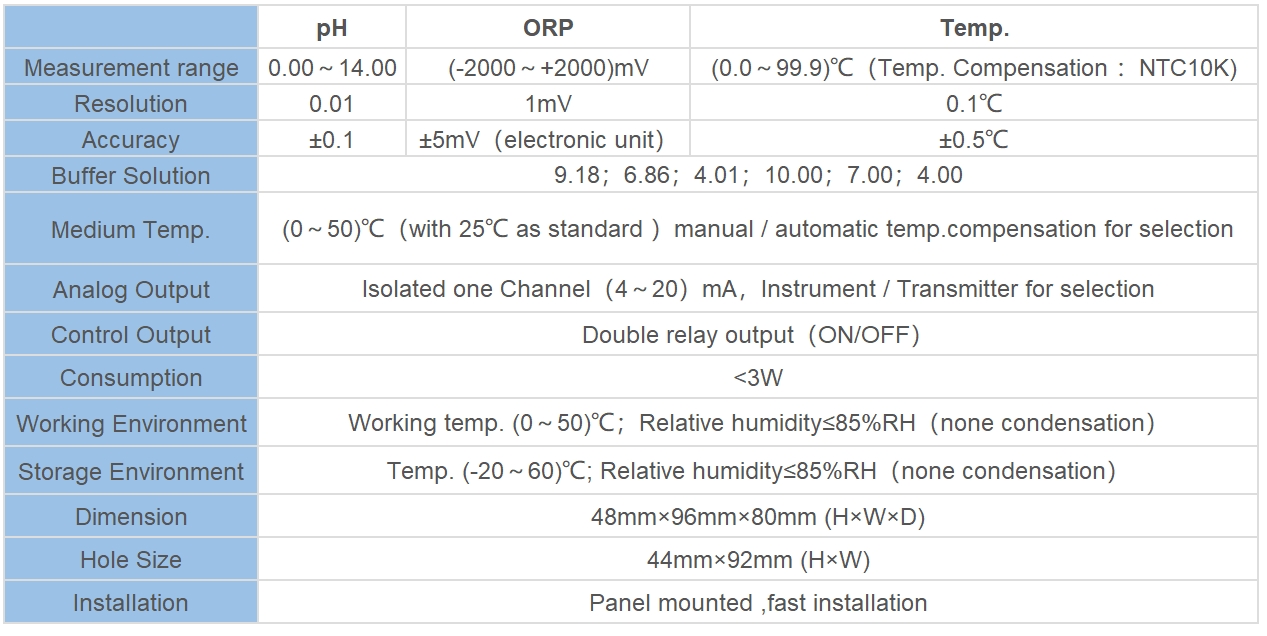
Overall, pH meters are essential tools for anyone involved in soil testing and gardening. They provide accurate and reliable measurements of soil pH, making it easier for gardeners to monitor and improve the health and fertility of their soil. By regularly testing the pH of the soil with a ph meter, gardeners can prevent nutrient deficiencies, soil imbalances, and plant diseases, ensuring optimal conditions for plant growth and development.

